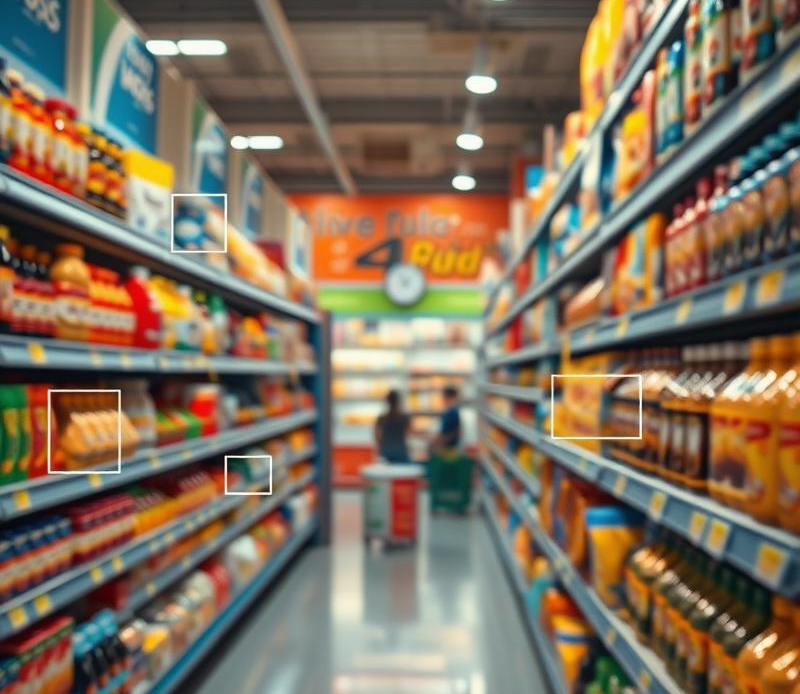
Using Annotation to Create Targeted Promotions:
A common challenge supermarkets face is the need to boost sales and improve the overall shopping experience. This is where supermarket annotation strategy comes in. By tagging images and videos with relevant information, retailers can gain valuable insights into customer behavior and preferences. This data can then be used to create highly targeted promotions that resonate with shoppers. Imagine a customer frequently purchasing gluten-free products. By identifying this through annotation, supermarkets can send personalized promotions for gluten-free items, increasing the likelihood of a purchase.
The Role of Heat Maps in Optimizing In-Store Experience:
Retail annotation techniques extend beyond product identification. By analyzing foot traffic patterns through heat maps, supermarkets can optimize store layouts for a seamless shopping experience. For instance, if data reveals a high-traffic zone near dairy products, retailers can strategically position related items, such as cereal or coffee, nearby to encourage impulse purchases and boost sales. This data-driven approach ensures that every inch of shelf space is maximized for profitability.
Real-Time Data Analysis for Data-Driven Decision Making:
Annotation for sales growth relies heavily on real-time data analysis. By integrating supermarket annotation strategy with AI-powered platforms, retailers can gain instant insights into inventory levels, customer demographics, and sales performance. This allows for agile decision-making, such as adjusting pricing strategies or replenishing popular items to prevent stockouts.


